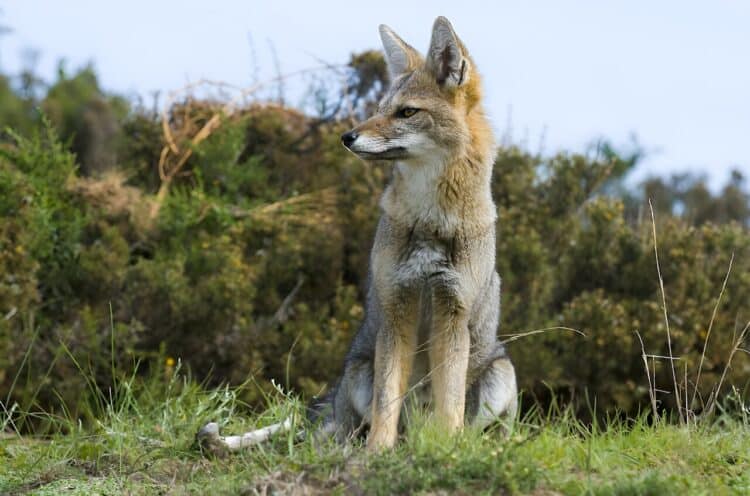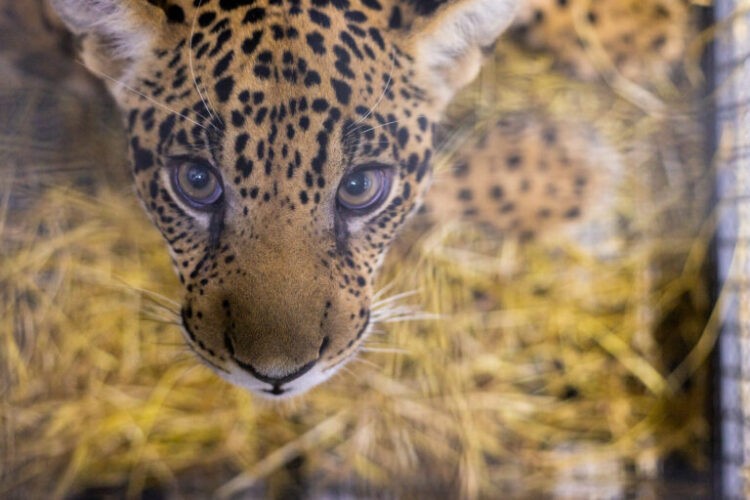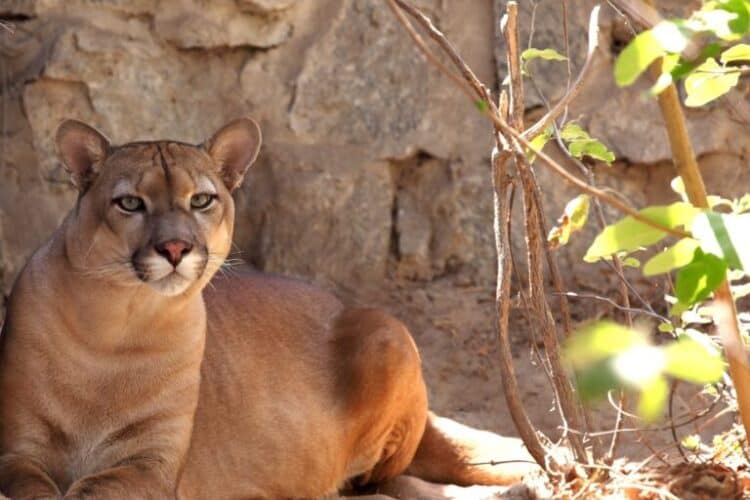Conservationists who have uncovered a growing illegal trade in jaguar fangs in South America are linking it to Chinese construction projects that could be threatening wildlife globally.
Experts say major Chinese power plant, road and rail works in developing nations are key stimulants of illicit trade in the skins, bones and horns of endangered animals.
Local people find out that Chinese construction workers have an interest in buying animal bones, horns and body parts for their supposed medical properties and an illicit trade is established. “Essentially, these projects act like giant vacuum cleaners of wildlife that suck everything back to China,” a conservation researcher, Vincent Nijman, of Oxford Brookes University, said last week. “It is a real worry.”

The problem in South America is of particular concern. More than 100 jaguars – a species whose numbers are dwindling – may have been killed in less than a year to supply a trade in their body parts with China. As tiger parts – which are prized by practitioners of Chinese traditional medicine – are becoming scarcer, so a market is opening up for organs from other big cats, including the jaguar.
Two examples of jaguar deaths are given in the current issue of Nature. It reports that on Boxing Day last year, the body of a jaguar was found floating in a drainage canal in Belize in central America.
“Its body was mostly intact, but the head was missing its fangs,” says the report. “Then, on 10 January, a second cat – this time an ocelot that may have been mistaken for a young jaguar – turned up headless in the same channel.”
The extent of the trade was also highlighted by Thaís Morcatty, a wildlife researcher based at Oxford Brookes University who has worked in South America. “Last year, there were more than 50 seizures of packages that contained jaguar parts in Brazil. Most of them appear to have been destined for Asia and China in particular. It is also worth noting there are major Chinese communities in Brazil,” she added.
Jaguars once roamed across much of the southern US, central America and South America. Today their numbers have been drastically reduced because of deforestation and by farmers shooting animals that attack their livestock. The prospect of them being used to supplement Chinese traditional medicine now threatens to reduce their numbers even further.
However, it is the global threat posed by this sort of trade that worries conservationists. For years, Chinese companies have been setting up vast construction project deals with more than 60 countries to construct ports, power stations, rail lines, roads, tunnels and bridges in the developing world. Examples include a $5.8bn power planet in Nigeria, an 835-mile-long railway in Angola and a six-lane, 680-metre-long bridge in Dar es Salaam, Tanzania.
“These projects are manned by Chinese workers and they go back and forth with local people and also send things back to their families in China,” said Nijman. “Among the things they send back are illicit bones, horns and skin valued by traditional medicine. There is not much sign of them using restraint. At the end of the day, almost anything that can be killed and traded will be.”
This article was first published by The Guardian on 04 Mar 2018.






Leave a Reply